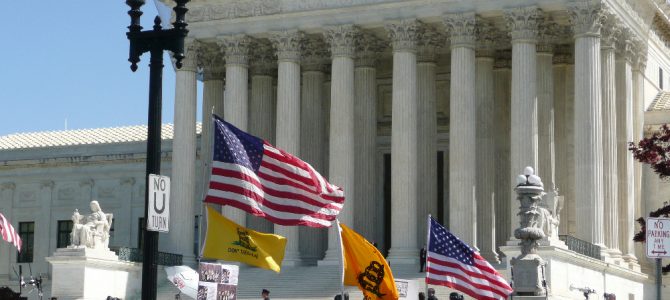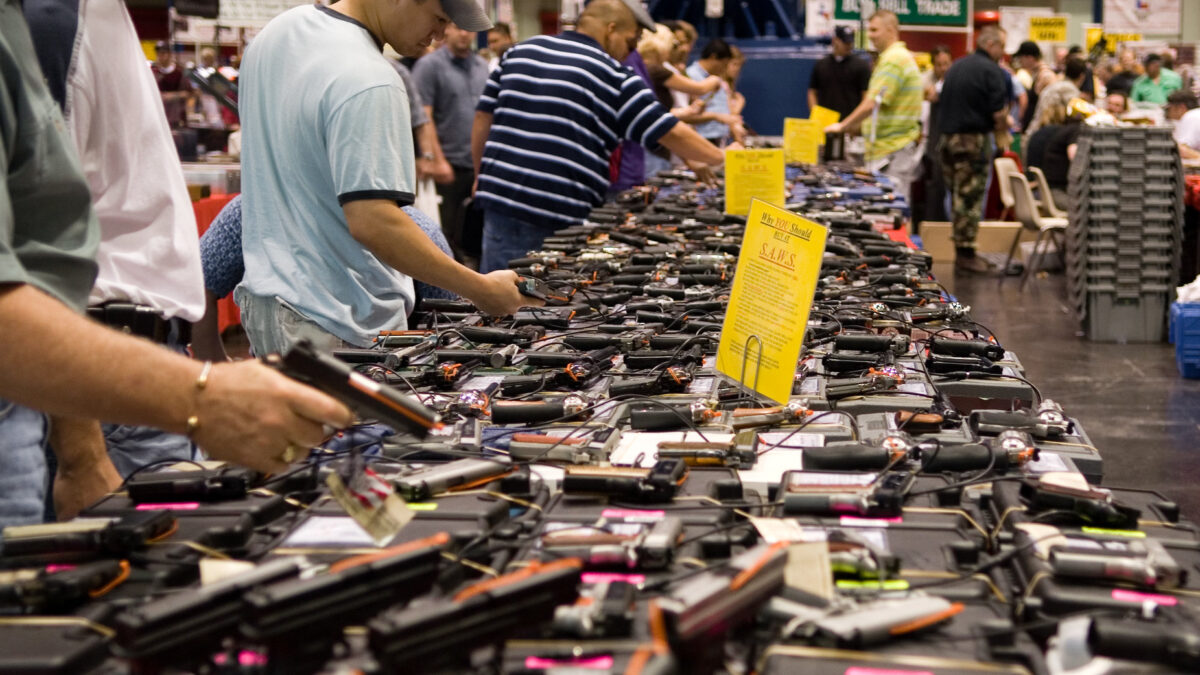
Now that the Supreme Court is poised to add a ninth Justice to its ranks, many are anxiously awaiting the court’s next move on a controversial topic: the Second Amendment. If the court decides to evaluate the concealed carry question, is there a legal framework to support a right to concealed carry in public? The answer is yes, if we look to the court’s own precedent for guidance.
In 2008, the Supreme Court decided the landmark case of District of Columbia v. Heller, holding 1) the Second Amendment protects an individual right to self-defense within the home, and 2) the sort of weapons protected are those in “common use” for lawful purposes. In 2010 in McDonald v. City of Chicago, the Supreme Court held that citizens are protected not only from federal government attempts to infringe the right, but also from state government attempts.
Since 2010, lower federal courts have disagreed over practically every conceivable aspect of Second Amendment law. Many have incorrectly argued that the individual right in Heller does not extend beyond the home, and even if it does, it does not include a right to concealed carry in public. The time for the Supreme Court to step in and guard the principles established in Heller has come.
The Constitutional Test Scalia Established
Originalists follow the Constitution as they find it, meaning the Supreme Court should not subordinate sound judicial reasoning to desirable policy outcomes. The solution to the concealed carry question therefore lies in the constitutional test Justice Antonin Scalia established in Heller. There, the court had the difficult task of interpreting the original public meaning of the word “arms” used in the phrase “right of the people to keep and bear arms.”
Employing an originalist approach, Scalia consulted authoritative historical sources from the period, including dictionaries and legal commentaries, public debates, state constitutions, and early state court precedent. Speaking for the 5-4 majority, he concluded that “arms” was originally understood to mean “bearable” weapons. But not all “bearable” weapons were likely understood to be protected in the early American period.
According to Justice Scalia, the people would have understood the amendment’s protection to be inherently limited to those weapons in “common use” for lawful purposes. That means no rocket launchers—they’re not in common use.
While lower federal courts are bound to apply the common use test for controversies surrounding “arms,” the question becomes: What test must courts apply when interpreting other words in the Second Amendment, such as “bear?” To gain Second Amendment protection, concealed carry would need to fall under the definition of “bear” in “keep and bear arms.”
The U.S. Court of Appeals for the Tenth Circuit in the case Peterson v. Martinez in 2013, for example, boldly concluded that concealed carry “does not fall within the scope of the Second Amendment’s protections.” Should the Tenth Circuit have reached this conclusion? Not if we look to the precedent established in Heller.
Extend the Common Use Test to ‘Bear’
When the Supreme Court finally decides to take on the concealed carry question, it need only look to Justice Scalia’s approach in Heller and extend the “common use test” to the question of how people may “bear” arms under the Second Amendment. If a mode of carry, be it open carry or concealed carry, is in common use for lawful purposes, then it is a protected form of “bearing” a firearm under the Second Amendment.
Historical research supports this originalist application of the common use test, just as it did for the word “arms” in Heller. As law professor and Second Amendment historian David Kopel has concluded, aside from the state of Indiana and some states in the Southeast, there were no concealed weapons laws or gun control measures whatsoever in the early 1800s. So long as an individual did not openly wield or display his or her firearms in a way that caused fellow citizens to reasonably fear for their safety, concealed carry was legal.
Under the “common use” approach, the Supreme Court would have a difficult time denying the widespread popularity of concealed carry as a common mode of publicly carrying a firearm. In 2016, 14.5 million Americans held concealed carry permits. Concealed carry is likewise growing rapidly as women’s chosen mode of carry. The number of women concealed carry permit holders in the United States has increased by 270 percent since 2007.
University of California-Los Angeles law professor and Second Amendment scholar Eugene Volokh argues that today, concealed carry is viewed as more respectful to the community at large in ensuring other nearby individuals are not made uncomfortable by the presence of an openly carried firearm.
The Supreme Court Shouldn’t Wait
For Second Amendment advocates awaiting Supreme Court action, time is of the essence. Eight states in the United States require citizens to demonstrate a personal need for self-defense before issuing a concealed carry permit. More than 70 million people currently live under such regulations in populous states such as California, New York, Maryland, and Massachusetts.
While these states might indicate that concealed carry permits can be realistically obtained, they are almost never granted in practice. Federal courts in these jurisdictions have upheld strict concealed carry regulations, arguing that even if concealed carry is protected by the Second Amendment, the government has interests that sometimes outweigh the individual right.
As Justice Scalia noted in Heller however, the Constitution leaves no room for Second Amendment determinations that weigh a constitutional guarantee against a governmental interest. “A constitutional guarantee subject to future judges’ assessments of its usefulness,” he argued, “is no constitutional guarantee at all.”
The people at the time of the Constitution’s ratification endeavored to balance the interests of individual liberty with government interests, and they signaled their preference for self-defense protection by choosing to enact the Second Amendment. Heller reiterated the uniquely American principle that the “enshrinement of constitutional rights necessarily takes certain policy choices off the table,” choices a court cannot override after the fact, regardless of its views on gun control policy.
The time has come for the Supreme Court to step back into the Second Amendment discussion and resolve the concealed carry question. The common use test stands ready to affirm the individual right to defend one’s self in public.









